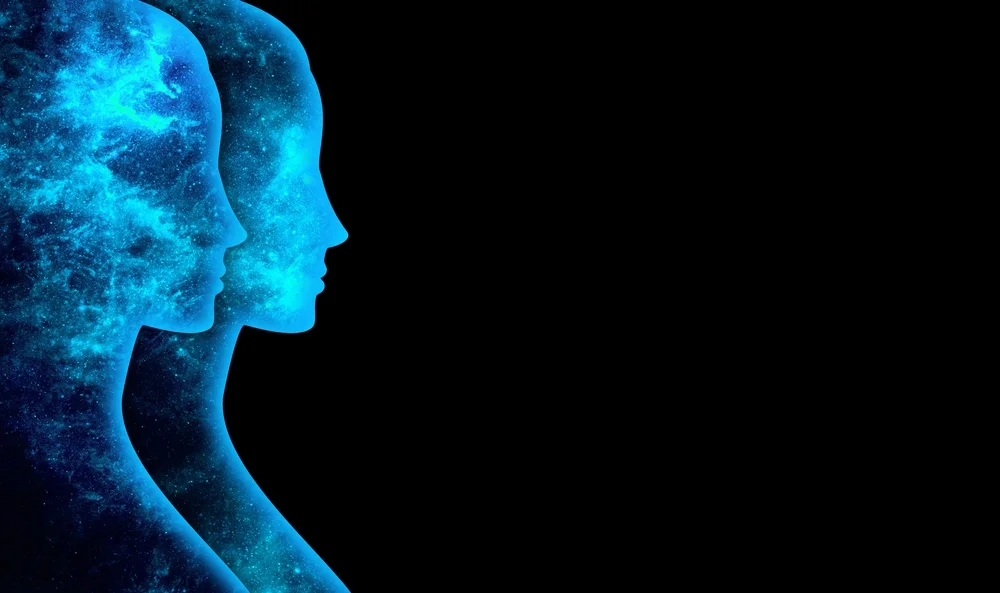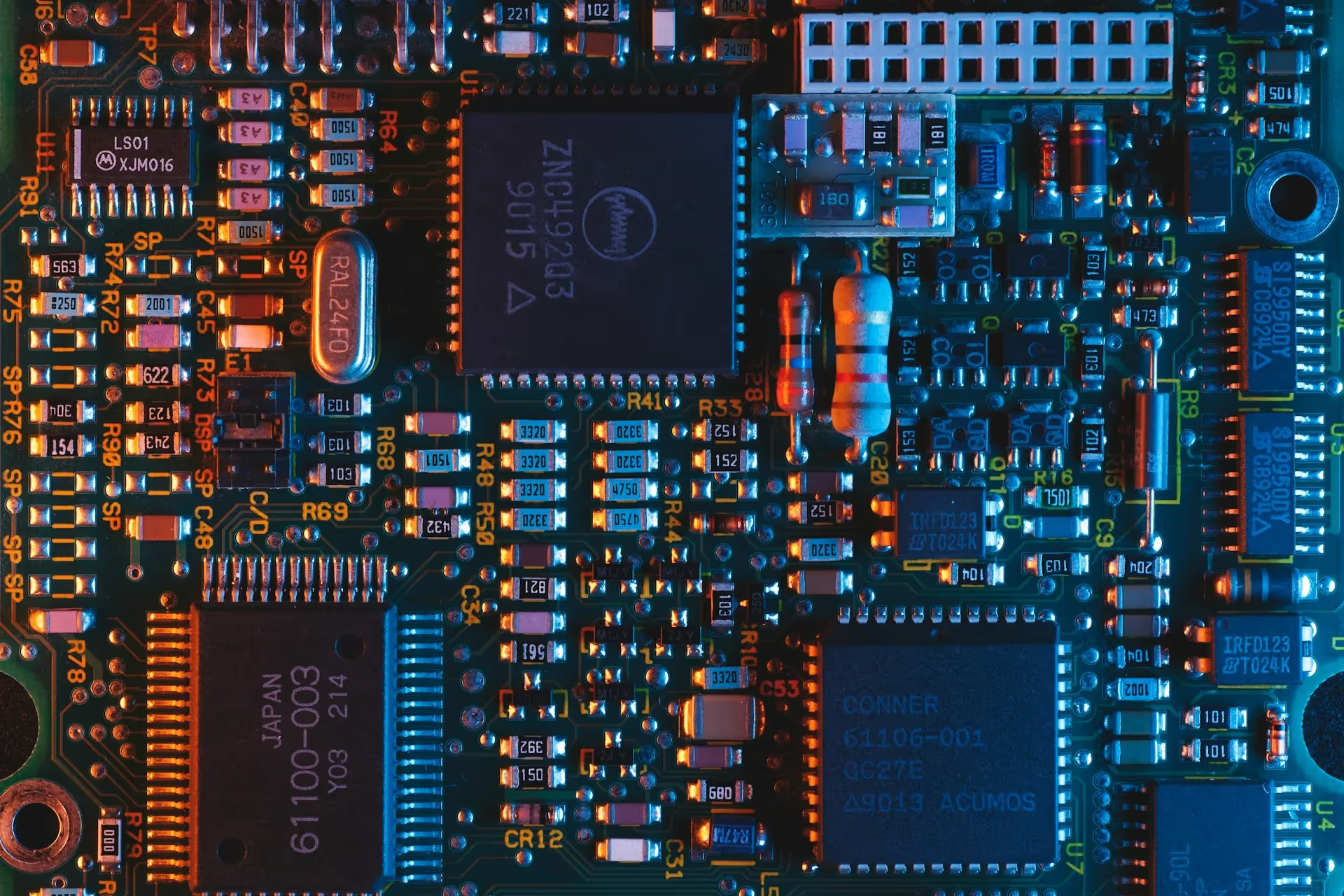.webp)
AI and the Divine Test
What happens when you neglect the inner life because you’ve fooled yourself into believing that manmade artifacts can reproduce it?
There were many wonders in the forge of the smith-god Hephaestus, but the strangest of all were the girls made of gold. Homer’s Iliad, a poem from around the 8th century B.C., probably contains the oldest surviving depiction of what we would call robots. When the crippled god of artifice sets out to design next-gen armor for the hero Achilles, he’s propped up by mechanical aides “that look like living girls.” Homer goes out of his way to mention that they “have thoughts within their minds” as well as voices and physical strength. He also specifies that they are amphipoloi — domestic servants or, in a word, slaves.
It's interesting to compare this passage with the ones that Michael M. Rosen assembles in Like Silicon from Clay: What Ancient Jewish Wisdom Can Teach Us About AI. When slavery was commonplace, it was possible to speculate comfortably that a thinking machine might be pressed into service. The Roman scholar Varro, in his treatise On Agriculture, classified a slave as an instrumentum vocale — a tool that can talk. Since people were already being used as tools, it only seemed natural that tools could be made into people. Jewish and Christian societies, on the other hand, have, over time, come to see things very differently. We are bound by our most sacred laws not to treat people like objects, or objects like people. To me, this seems like the single most salient insight to be drawn from our wisdom literature. If you want moral clarity on AI, your best bet is to start there.
Rosen sees things a little differently. He begins his book by dividing up contemporary views on AI into four broad categories. These are based on whether you think we’re on the verge of producing genuinely independent machines with Advanced General Intelligence (AGI), and whether you’re happy about it. “Positive Autonomists” are those who “regard AI’s recent advances as truly revolutionary” and expect a brilliant new dawn of mechanized knowledge; “Negative Autonomists” think those same advances might end up blowing humanity to kingdom come. “Positive Automatoners” think of AI “as merely an improvement, however significant, on existing computer technology,” and they look forward to shoving off their daily email admin onto a virtual assistant. “Negative Automatoners” agree that so-called “deep learning” programs are actually quite shallow, which is precisely why they worry that human culture and creativity will soon be washed away in a tidal wave of auto-generated gunk.
As an attorney who litigates intellectual property cases involving AI, Rosen has the experience and the personal connections to relate these modern viewpoints exactingly. The first part of his book is actually not about Jewish literature at all — it’s an introduction to the major exponents of Rosen’s four points of view, richly laden with original interviews and research. Rosen considers himself a Positive Autonomist, but he gives each party a fair hearing. As a survey of influential AI ethicists, this part of the book is invaluable.
All the same, it’s hard not to feel like Rosen’s four categories don’t quite cut to the bone of the moral issues raised by these half-formed homunculi we’re molding out of code. Rosen writes that Positive Autonomists “believe that machines have already achieved — or will soon achieve — a measure of autonomy, whether we label it AGI, sentience, awareness, or consciousness.” But autonomy, sentience, and consciousness are in fact very different things: autonomy, the ability to act spontaneously, might or might not include sentience, the ability to feel things, which might or might not be accompanied by consciousness, the awareness that you’re feeling things. It’s not clear whether Rosen thinks robots can really have the same kind of inner life as humans, or merely simulate it. That’s a huge difference, and one too often elided ever since Alan Turing based his so-called “Turing Test” on the profoundly obtuse proposition that “thinking,” for both machines and humans, means behaving as if you think. The same mistake haunts Like Silicon from Clay.
Maybe that’s why the treatment of “Jewish wisdom” promised on the cover feels a bit unsatisfying when it comes. The book’s middle section, on rabbinic stories and commentaries relevant to AI, is by far its shortest. It covers “the Golem, the Dybbuk, and the Maggid,” three figures from Jewish legend. The Golem is a folk tale about a clay man sculpted and brought to life to help rabbis with their work and to protect embattled Jewish communities from persecution. Dybbuks and maggids are, respectively, evil and benevolent spirits that possess human hosts.
The golem stories are the ones most obviously pertinent to the subject at hand. They are witty, bizarre, inventive, and indeed wise. There are burlesque versions where a female golem, like Hephaestus’ serving girls, is destroyed when the townsfolk suspect she might be a sexbot like the replicants from Blade Runner. There are bloodcurdling versions where the magic words animating the golem change from YHWH elohim emeth, “the LORD God is truth,” to YHWH elohim meth, “the LORD God is dead” — signaling that man, in fashioning a simulacrum of life, has usurped the true creator. The stories end, as Rosen himself notes, in “The creature’s inevitable destruction.” He cites a variety of analogous parables, from Faust to Frankenstein to an incredible Taoist legend from China, every one of which reads like a cautionary tale about either the dangers or the impossibility of implanting a soul into a manmade thing.
This makes it a bit confusing when Rosen concludes from his literature review that “There is nothing inherently wrong with deploying human creativity to fashion life.” I would have thought the stories implied just the opposite — that whatever else you may deploy human creativity for, the one thing you must not do is try to fashion life. Somewhat similarly, when it comes to dybbuks and maggids, Rosen can’t quite decide whether we’re the animate spirits inhabiting and informing inanimate AI models, or they’re the agentic ones hollowing out and puppeteering us. At one point, it seems like we’re the spirits in the metaphor: “Much as the dybbuk and the maggid animate the hosts they possess, our spirit and consciousness inhabit the robots we create.” But then, in the following sentence, the spirits are the bots: “Much as these ancient and medieval demons reflect but do not transcend our humanity, machines inherently contain and represent our own personhood.” Who is the ghost here, and who is the machine — us, or our creations?
Rosen’s not all that interested in answering these questions in the book’s third section, which moves back to the present day and brings the Jewish sources only sparingly to bear on a review of modern issues in AI ethics. The results are mixed. On government regulation, Rosen is wary of stifling innovation but full of suggestions for voluntary guardrails. On the subject of DEI initiatives, though, he seems a little credulous about efforts “to root out the tendency” for bias in ourselves and our machines. It also takes him a while to mention that his favorite example of machine creativity, an AI-generated mug design for keeping hot drinks hot, was produced by a program that once suggested shipwrecked sailors could flag down search-and-rescue teams by lighting a rabid dog on fire. And things really go off the rails when Rosen advertises the benefits of auto-generated literature by telling the story of a 92-year-old man who asked ChatGPT to produce a love poem for his dying wife. “A miraculous technology,” says Rosen, “unlocked the human emotion pent up within the grandfather.”
With respect, that’s not how writing works. You don’t have fully formed thoughts and then put them into words; you form your thoughts fully by putting them into words. It’s called the writing “process” for a reason: the man who outsources it isn’t just letting a bot tell him what to say. He’s letting a bot tell him how to think. However rough-hewn the result might have been if he did it himself, it would have had the infinite advantage of being truly and entirely his. Everyone knows this instinctively. It’s why handwritten notes mean more than Hallmark cards.
For my money, this is the clearest and most present danger posed by AI as it actually exists: not that it might become sentient and rule the world, but that we are already forgetting, in a moony daze of tech hype, what a singularly precious thing it is that we are sentient. The inner universe of thought and feeling is a unique privilege of our humanity that no stochastic autocomplete function can even remotely approximate; it is a tender and sacred thing that requires lifelong cherishing and cultivation. There is, in fact, some ancient Jewish wisdom about what happens when you neglect that inner life because you’ve fooled yourself into believing that manmade artifacts can reproduce it. It’s in Psalm 115, about people who pray to metal idols as if they could answer: “eyes have they, but see not,” says the psalmist. “Ears have they but hear not.” And worst of all: “those who make them are already becoming like them.”
Spencer A. Klavan is associate editor of the Claremont Review of Books, host of the Young Heretics podcast, and author, most recently, of Light of the Mind, Light of the World: Illuminating Science Through Faith (Regnery Publishing).
Pursuit of Happiness

Revival: Americans Heading Back to the Hinterlands
Smaller communities throughout the country are poised to play an outsize role in forging our future.

Exodus: Affordability Crisis Sends Americans Packing From Big Cities
The first in a two-part series about the Great Dispersion of Americans across the country.

Stanford’s Graduate Student Union Tries to Stifle Dissent
The university may fire me because I won’t pay dues to a labor organization whose views I find repugnant.

The Reckless American
Even our noblest heroes have their rash and daring moments, impulsive decisions which are, in fact, critical to their eventual success.

Bodies, Selves, and the Quest for Identity
As an inclusion-obsessed society, we find it very difficult to make sense of the reality that people are born into very different bodies.













.webp)


